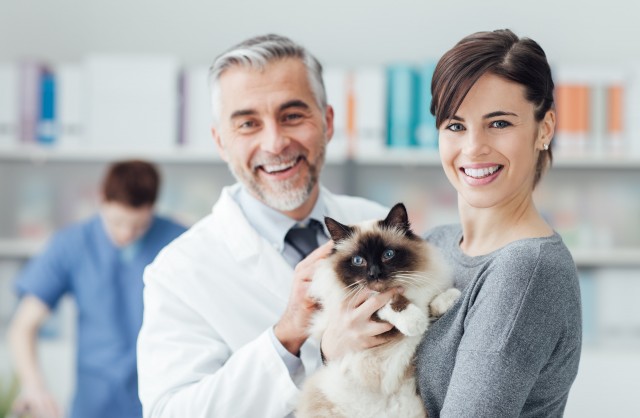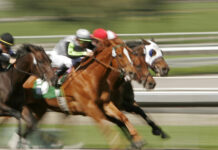The pet industry generated more than $221 billion in direct, indirect and induced economic impact, according to a new study conducted by George Mason University and released today at the Pet Industry Leadership Conference in Laguna Beach, California. The economic analysis also showed the pet industry supported over 1.3 million U.S. jobs in 2015 that paid more than $60 billion in salaries, wages and benefits.
“While annual spending for the pet industry is reported each year, this is the first time that anyone has looked at the widespread impact of the pet industry as a whole on the U.S. economy,” said Dr. Terry L. Clower, Professor of Public Policy at George Mason University’s Schar School of Policy and Government and Director of its Center on Regional Analysis, who headed the study. “Not only does the pet industry contribute more than $221 billion to the economy, but that also includes an impressive $23 billion in federal, state and local taxes.”
Pet Industry Joint Advisory Council (PIJAC) President Mike Bober said that the study proves taking compassionate care of pets is also good business.
“As we continue our efforts to provide for and protect the health and well-being of our companion animals, this report is an encouraging sign that responsible pet ownership is on the rise and that this industry is having a positive impact on our country, both in terms of the benefits we derive from pets and those that we provide them in return,” said Bober, whose group funded the independent study in partnership with the Pet Leadership Council (PLC). Bober joined Dr. Clower and PLC Chair Bob Vetere to present the study’s results to hundreds of industry leaders at the pet industry’s annual leadership conference.
To determine the industry’s total economic impact, Clower and his team analyzed data from the U.S. Bureau of Labor Statistics, the U.S. Census Bureau, the National Pet Owners Survey conducted biannually by APPA, and other resources using the IMPLAN economic model. This analysis yielded estimates of direct, indirect, and induced economic impacts resulting from initial industry spending.
“We’ve always known that the pet industry is a significant one, but this study solidifies exactly just how big of an impact it has not only on pet owners but the country as a whole,” said Vetere. “Beyond the well-known benefits pets provide of love, companionship, fun, joy and health, they also help our country’s economic vitality.”
According to this report, consumers spend over $77 billion on their pets annually. Pet food and veterinary services are the two leading sources of spending within the industry. Other sectors considered in the study include manufacturing of pet supplies and toys, pet pharmaceuticals, grooming, boarding and other services, wholesale and retail trade involving pet products, and the emerging pet health insurance industry.
The study is the second conducted by Dr. Clower and the Center for Regional Analysis showing benefits derived from the pet industry. In late 2015, Dr. Clower found that the pet industry saves $11.7 billion in healthcare costs as a result of pet ownership.
“The pet industry is one of the fastest growing industries in large part because Americans are becoming increasingly aware of how pets improve our lives; mentally, physically and emotionally,” added Doug Poindexter, PLC trustee. “We are committed to continuing efforts to promote and advance the responsible pet industry.”
The study will help to inform legislators, regulators, and consumers about the role the pet industry plays in state and local economies, as well as at the national level.
An executive summary of the report can be found on the PIJAC website, www.pijac.org.
###
George Mason University’s Center for Regional Analysis is the premier university-based regional economic research center in the National Capital Region. The Center provides economic analysis and forecasting services to decision makers in the public, private, and nonprofit sectors. George Mason University is the largest public research university in Virginia.
Since 1970, the Pet Industry Joint Advisory Council (PIJAC) has protected pets, pet owners and the pet industry – promoting responsible pet ownership and animal welfare, fostering environmental stewardship, and ensuring the availability of pets. PIJAC members include retailers, companion animal suppliers, manufacturers, wholesale distributors, manufacturers’ representatives, pet hobbyists, and other trade organizations. www.pijac.org
The Pet Leadership Council is made up of pet industry leaders, animal welfare, veterinarians and academia and advocates for pets and those who serve and support them by promoting responsible pet ownership and educating the public on efforts to improve the health and well being of companion animals. www.petleadershipcouncil.org
Find a Home-Based Business to Start-Up >>> Hundreds of Business Listings.

















































